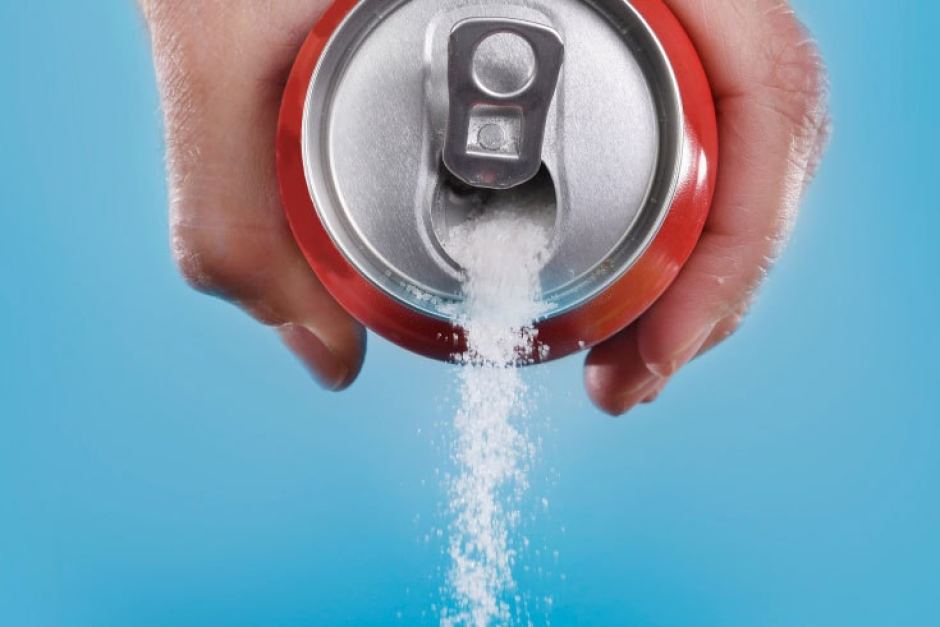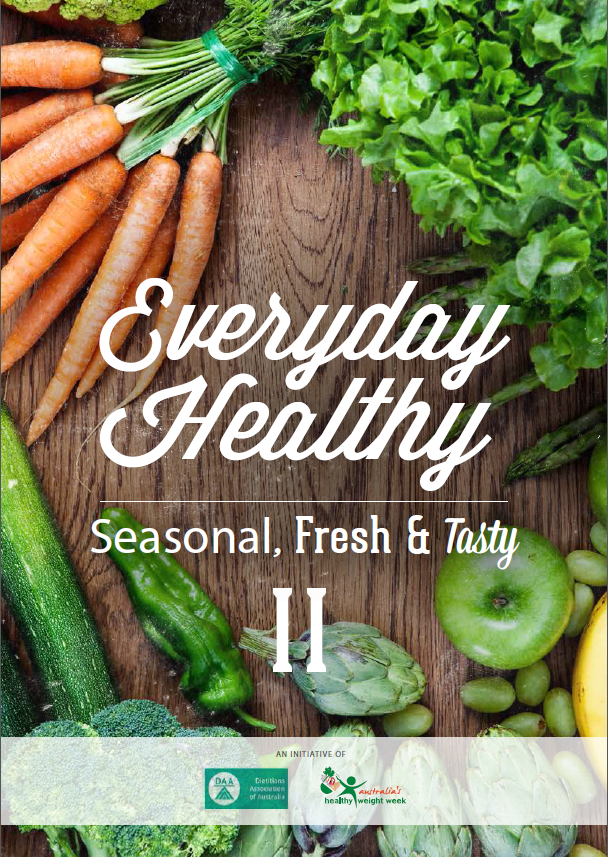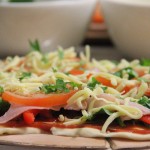It seems these days sugar isn’t as clear-cut as just the sweet stuff anymore. Sugar seems to be lurking in almost everything we eat, making it confusing to know what food is a good choice and what is not a good choice. It is indisputable that sugar has effect on our blood sugar levels. It is meant to. Carbohydrates are our body’s primary source of fuel. But the issue arises when we use the poor quality fuel. Often at work we celebrate birthdays, successes, new or retiring colleagues with sugar laden morning teas or lunches. But what effect does this have on our efficiency in the work place and long term health? Is this the best way to show employees and employers they are valued?
There has been much recent consumer interest in sugar. It has been labelled “toxic”, and blamed for our nation’s ever-expanding waistlines and increase in chronic disease. And media such as “That Sugar Film”, or Sarah Wilsons’ book “I Quit Sugar” present some of the facts, but can leave the consumer confused.
What are the facts?
The World Health Organisation in 2015 released the “Guideline: Sugars intake for adults and children” based on strong quality of supporting evidence. It focuses on the documented health effects associated with free sugars. The 2013 revised Australian Guide to Health Eating is in line with these recommendations with its guideline 3.3, “Limit intake of foods and drinks containing added sugar”. These both express:
– Free sugars are added to foods or can also be found in honey, syrups, fruit juices and fruit concentrates.
– This is not to be confused with intrinsic sugars found in whole fresh fruits and vegetables. These usually also contain fibre, vitamins and minerals and water and for most people, these are foods we should be eating more of. WHO highlights there are no current reported evidence linking intrinsic sugars to adverse health effects.
– Free sugars should be reduced to less than 10% of total energy intake, less than 5% would provide additional health benefits.
– High sugar intakes above 10% total energy intake is linked to higher rates of tooth decay.
– Unsurprisingly, higher free sugar intakes correlates with increased weight in adults. And high intakes of sugar-sweetened drinks correlates with increased risks of overweight and obesity in children.
How can I tell if a food is high in sugar?
– Read the nutrition panel on packaging.
– Avoid high-sugar food (more than 22.5g per 100g) and high-sugar drinks (more than 11.25g per 100mL).
– Aim for food with less than 15g per 100g.
– When reading the nutrition panel, it is important to look at the ingredient list to have low levels of added sugar. Common names for sugars added to foods include maltose, glucose, fructose, molasses, sucrose, syrups (e.g. corn, maple, glucose, fructose), dextrose, honey, invert sugar and treacle.
– If a source of fat, sugar or salt is listed in the first 3 ingredients, there may be better choices available.
How does that relate to my productivity?
By ensuring you are selecting quality sugars, (alternatively known as low glycaemic sugars), this provides your body with sustained energy throughout the day. This in turn keeps your blood sugar levels stable, to avoid the sugar lows and subsequent fatigue to, hopefully enable you to stay concentrating until ‘knock off’.
In the workplace you might consider implementing a Healthy Catering Policy to ensure 70% of the foods available at catered functions are healthy. This supports a health promoting work environment to demonstrate to your colleagues and employees you value not just their work but also are looking after their health! So what might some healthier options be?
Simple and low-sugar options:
Savoury nibbles: Cheese, low fat tzatziki and crackers, unsalted nuts, air popped popcorn, toasted flat bread with low fat hummus, mini corn cobs with sweet chilli sauce, rice paper rolls, mini vegetarian filo pastry rolls, beetroot and white bean dip with dukkah toast, broccoli mini frittatas.
Savoury meals: Platters of cherry tomato, boconccini and basil kebabs, hard-boiled eggs halves, guacamole with vegetable sticks, asparagus wrapped in ham, field mushrooms with low fat feta and herbs, witlof sardine boats, lean meat and salad multigrain sandwiches or wraps, a variety of colourful grain salads, BBQ prawn skewers with corn salsa.
Sweet somethings: Fruit platters, mini yoghurts with frozen berries, date loaf (recipe on advancednutritionballarat.com.au), mini fruit buns, low fat custard cups with strawberries, apricot oat slice, banana pikelets.
For more fresh healthy recipes, head to the recipe page at advancednutritionballarat.com.au. Also, you can download for free the Dietetics Association Australia, Australian Healthy Weight Week Cookbook 2016 from www.healthyweightweek.com.au
Remember, fresh is best!
Whitney Atkinson, Accredited Practising Dietitian at ADVANCED Nutrition
References:
World Health Organisation, Guideline: Sugars intake for adults and children 2015
2013 Australian Guide to Health Eating, guideline 3.3.
British Dietetic Association, Food Facts Sugar 2014
Baker IDI Heart and Diabetes Institute, Label Reading 2015
Australia Healthy Weight Week Cookbook, Dietitian’s Association of Australia 2016
I Quit Sugar, Sarah Wilson
That Sugar Film, Daniel Gameau







